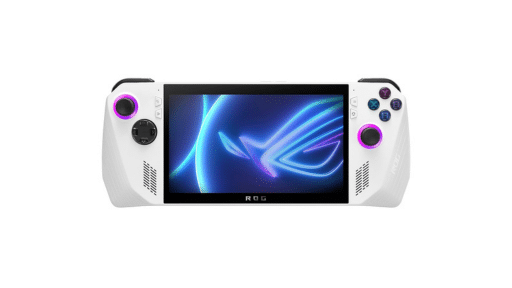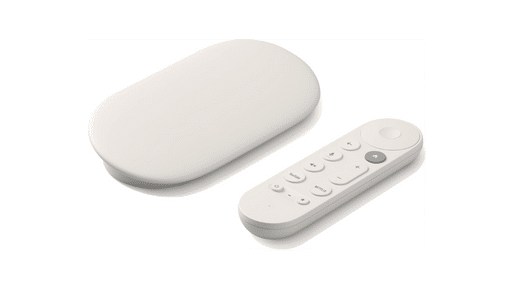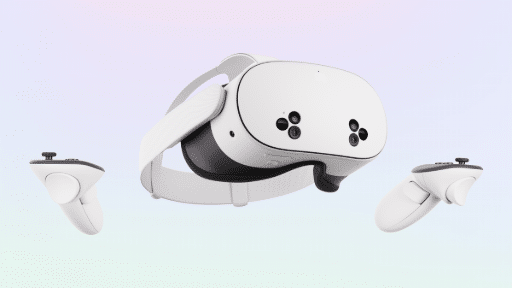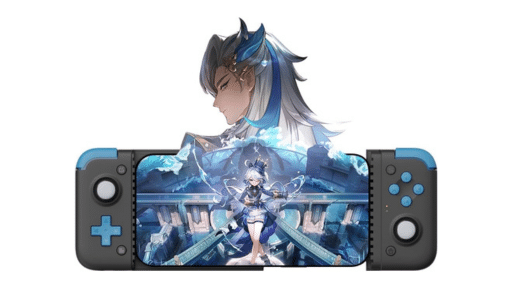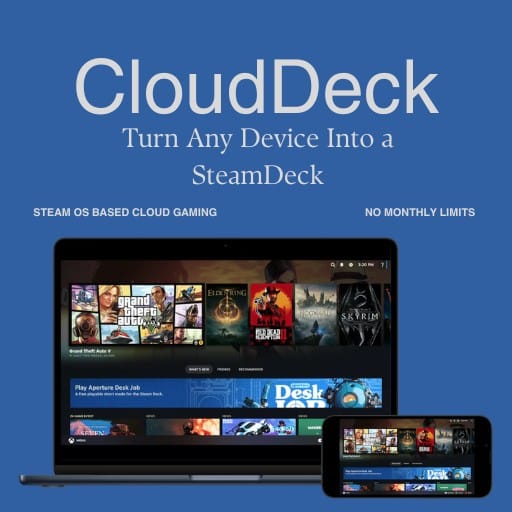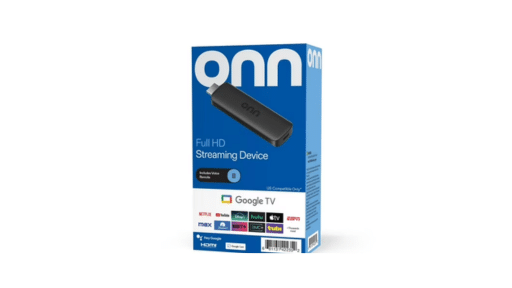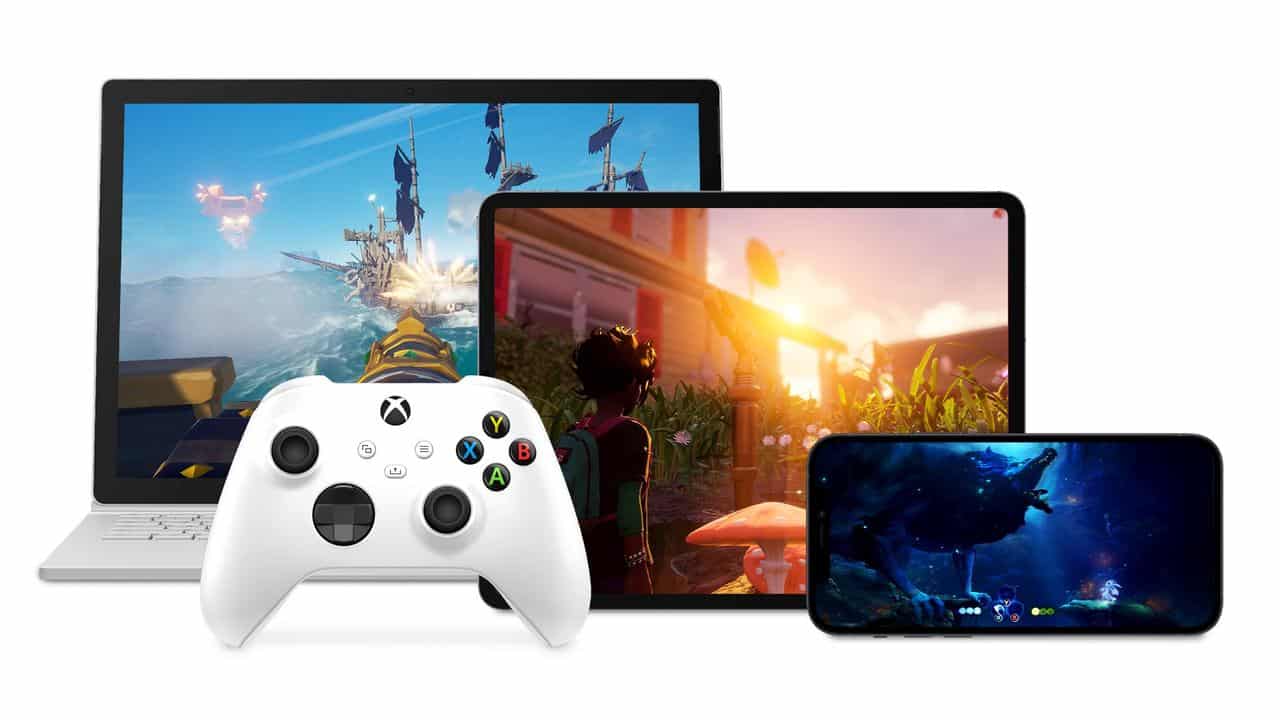
Xbox shared a new look at how gamers are streaming through the cloud. And, the numbers show just how spread out their habits have become. During a GDC 2025 session, Microsoft revealed that 140 million hours of games were streamed via Xbox Cloud Gaming from October to December 2024. And showed charts with data showing which devices saw the most Xbox Cloud Gaming hours in December. And while you might expect phones or handhelds to lead, it’s actually consoles and TVs topping the list.
The breakdown highlights how Xbox Cloud Gaming isn’t tied to one screen or setup. People are streaming games on everything from Xbox One consoles to Smart TVs, Windows PCs, and web browsers. That flexibility—being able to pick up your save anywhere, on just about anything—is starting to reflect in how people play.
What’s clear is that cloud gaming has become more than just a backup option. Some use it to avoid downloads, test a game, or keep playing on the go. It’s becoming a regular part of how people interact with Xbox.
So, how does usage actually break down by device? Let’s take a closer look at the numbers from December.
This article is part of our GDC 2025 Xbox Cloud Gaming series. Be sure to check out the full set covering usage trends, top streamed games, latency upgrades, input support, and UI scaling across devices.
Where the Cloud Is Getting Used Most
The chart from December 2024 shows a clear trend: Xbox Cloud Gaming is most popular on traditional screens. Xbox One consoles came out on top, followed closely by Smart TVs and Windows PCs. All three were within a few percentage points of each other, making up the majority of usage.
The Xbox Series X|S wasn’t far behind either. This shows that many are using the cloud to try games before downloading or to keep playing while away from their main setup. Surprisingly, mobile usage landed near the bottom. Despite its portability, phones accounted for a surprisingly small share of the total hours.
Other desktops and miscellaneous devices—including handhelds, Chromebooks, and Fire TV sticks—rounded out the chart. While they’re not dominant yet, the fact that they’re represented at all shows how cloud gaming has quietly expanded to a wide range of screens.
It’s interesting to see older hardware like the Xbox One leading the way. Cloud streaming has extended that console’s life by letting users play games that don’t run natively on it. In a world where console generations usually mean being left behind, this kind of backwards flexibility is a noticeable shift.
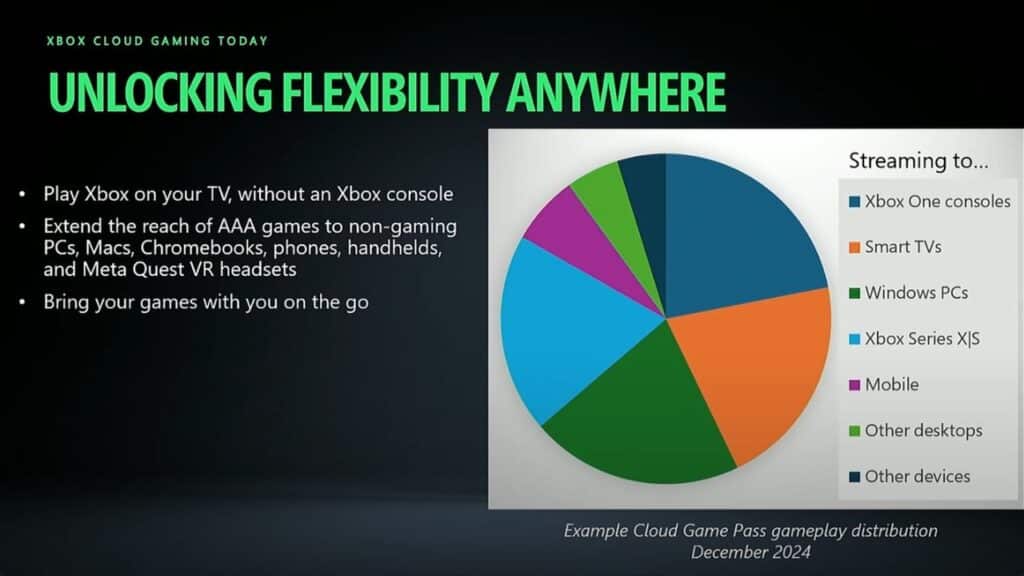
Cloud Gaming Fits Into Xbox’s Bigger Picture
During the GDC talk, Microsoft emphasized that cloud gaming isn’t meant to replace consoles or PCs—it’s meant to support them. For many, it’s an easy way to test a game without waiting for a download. For others, it’s the only way they play.
The data backs that up. Some use cloud streaming to keep their Xbox One relevant. Others jump in through a Smart TV app or web browser without ever owning a console. Xbox has leaned into that flexibility by building support into more devices and letting your progress move with you.
Microsoft also mentioned that some gamers now play exclusively through the cloud. That includes newcomers and people coming back after time away. Having Game Pass available on devices people already own seems to lower the barrier to reentry.
This shift speaks to Xbox’s broader strategy—less about selling one box, and more about making the Xbox ecosystem easy to access. Whether you’re using a console, PC, handheld, or Smart TV, the goal is the same: make it simple to jump back into your game.
What’s Next for Xbox Cloud Gaming
Microsoft isn’t done expanding where and how you can use Xbox Cloud Gaming. In the same session, they highlighted new efforts to improve support across devices, including better UI scaling for smaller screens and wider aspect ratio support.
They also pointed to features like “stream before you download” as key to helping people try more games. With game sizes increasing, streaming a quick session before committing to a full install makes sense—and Xbox says it’s already happening often.
Another growing area is “stream your own game,” which lets you play purchased titles outside the Game Pass catalog through the cloud. Games like Baldur’s Gate 3 and Cyberpunk 2077 were mentioned as examples. That option could be a big part of cloud’s next phase.
And while they didn’t announce anything, Xbox leadership continues to talk about handhelds as a focus. With more people gaming on-the-go using devices like the ROG Ally or Fire TV Stick, the groundwork is clearly being laid for more portable options.
Cloud Gaming Keeps Expanding—One Device at a Time
The GDC chart gave us a clearer picture of how Xbox Cloud Gaming is being used—and where. Xbox One consoles, Smart TVs, and PCs are leading the way, while phones and smaller devices still have room to grow.
It’s a reminder that cloud gaming isn’t about one type of player or setup. For some, it’s a convenient option when travelling. For others, it’s their main way to play. Either way, Xbox is betting on flexibility—and the data shows that approach is working.
As the service continues to evolve, it’ll be interesting to see how newer features like streaming purchased games and future device support change the chart. Cloud gaming might not be the headline feature for everyone, but it’s clearly becoming a regular part of how people experience Xbox.
What about you? Which device do you use most when streaming games from the cloud?
This piece kicks off our five-part series on how Xbox Cloud Gaming was featured at GDC 2025. Continue reading our GDC 2025 Xbox Cloud Gaming series:
- How Xbox Cloud Gaming Usage Is Split Across Devices
- The Top Games Being Streamed on Xbox Cloud Gaming
- How Xbox Is Quietly Fixing Xbox Cloud Gaming Latency
- How Xbox Is Making Xbox Cloud Gaming More Playable on Every Device
- How Xbox Is Helping Developers Adapt UI and Resolution for Cloud Gaming
As always, remember to follow us on our social media platforms (e.g., Threads, X (Twitter), Bluesky, YouTube, and Facebook) to stay up-to-date with the latest news. This website contains affiliate links. We may receive a commission when you click on these links and make a purchase, at no extra cost to you. We are an independent site, and the opinions expressed here are our own.

